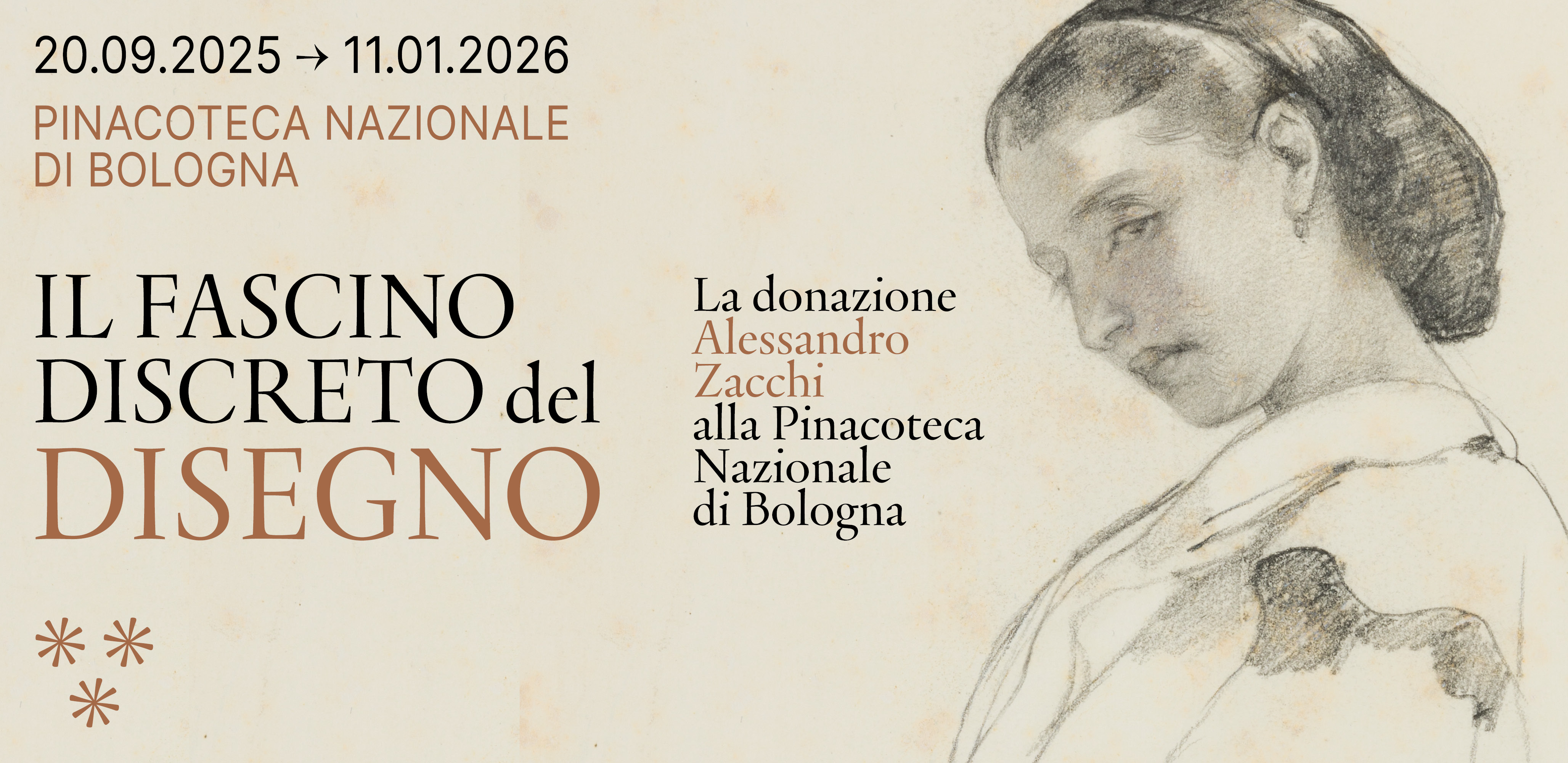
Il dipinto di Artemisia Gentileschi Susanna e i vecchioni esposto al pubblico in Aula “Cesare Gnudi”.
Da poco rientrato dalla mostra “Maestras antiguas y modernas” tenutasi al Museo Thyssen-Bornemisza di Madrid, il dipinto di Artemisia Gentileschi (Roma, 1593 – Napoli, 1654) Susanna e i vecchioni è esposto al pubblico nell’Aula “Cesare Gnudi”.
Il dipinto fu eseguito a Napoli nel 1652, dove la pittrice si era trasferita nel 1630 e dove rimase fino alla morte nel 1654. Vi si allontanò solamente nel 1639-40 per raggiungere il padre Orazio a Londra.
Il tema biblico narra dell’infatuazione di due anziani giudici della comunità ebraica per la giovane Susanna, sorpresa mentre si apprestava al bagno.
Artemisia affrontò il soggetto in vari momenti della sua carriera artistica, con riflessioni sempre diverse. In questa versione eseguita nell’ultimo periodo di attività e di vita, l’artista imposta la figura di Susanna sul gruppo scultoreo dei Galati (Venezia, Museo Archeologico Nazionale), attutendo, attraverso il filtro del rimando archeologico, il più drammatico naturalismo degli esemplari precedenti.
Having recently returned from the exhibition “Maestras antiguas y modernas” held at the Thyssen-Bornemisza Museum in Madrid, Artemisia Gentileschi’s painting Susanna e i vecchioni is on exhibit to the public in the Aula “Cesare Gnudi”.
The artist (Rome, 1593 – Neaples, 1654) had moved to Naples in 1630 and it was there that she executed the painting in 1652. She remained in that city until her death in 1654, leaving it only in 1639-40 to join her father Orazio in London.
The theme is biblical and it depicts the episode of two elderly judges from the Jewish community who are infatuated with the young Susanna, surprised while bathing.
Artemisia painted this subject a number of times throughout her artistic career, with constantly changing perspectives. In this version executed in the last period of her career and life, the artist positions the figure of Susanna on the sculptural group of the Galatians (Venice, Museo Archeologico Nazionale). Through the filter of the archaeological reference, she attenuates the more dramatic naturalism of the earlier works.










